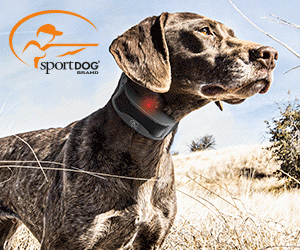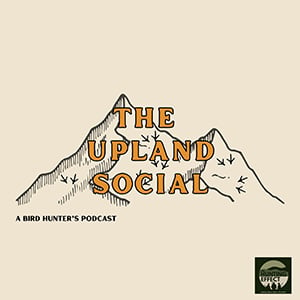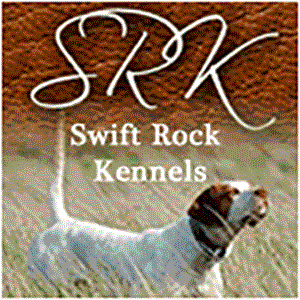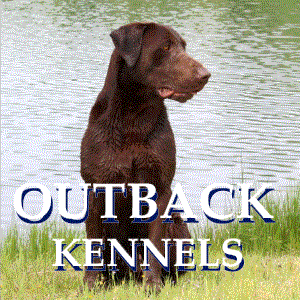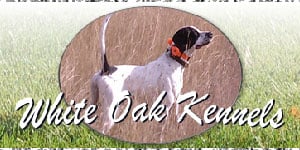Understanding Bird Scent – Part 4 The Dead Bird
Posted 12/09/2022
You’ve just made a nice on-the-wing shot on a flushing bird. The bird drops and your dog even marks the drop of the bird. You release your dog for the retrieve. What’s wrong…the dog is searching everywhere but can’t find the bird. Whether in the forested ruffed grouse woods or the prairies, we’ve all seen this scenario over and over. Why?
After my three part series on scent in the April, May & June 2017 issues of the Versatile Hunting Dog, I’ve had several people ask me why their dog can point a bird at 100 feet but run right over a dead bird. Although odor chemistry is complex and poorly understood, let’s see if we can answer this question.
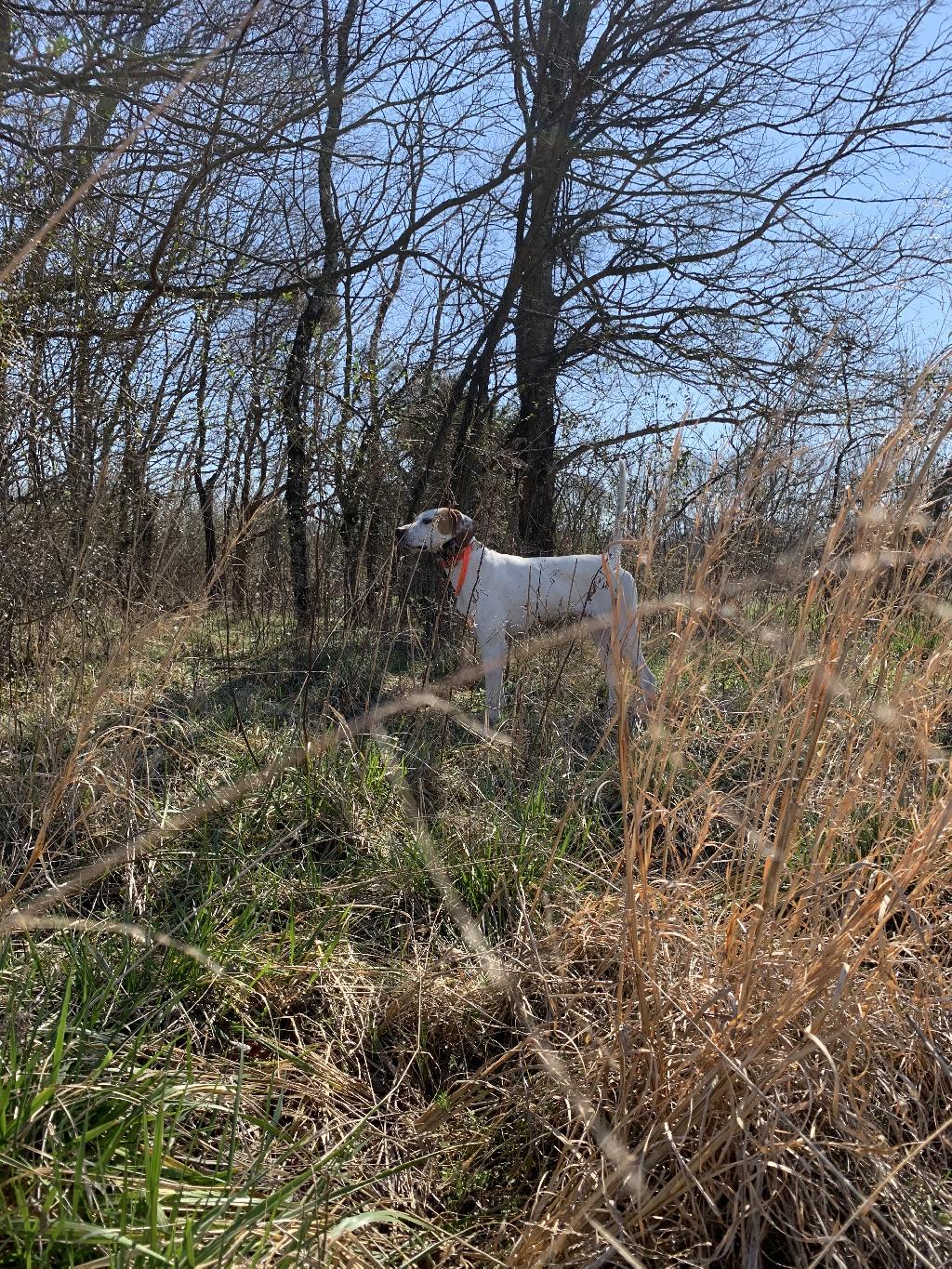
During the process of a bird boeing flushed and then shot, several things happened to the bird scent. First, when flushed, the bird undergoes what we refer to as wind wash. That means that the combination of the several ingredients that create body scent are washed from the bird during flight. This includes the dead skin cells, the small pieces of capsules that surround new feathers, dust and the ingredient that combines them all….the uropygial gland oil. The uropygial gland is used when the bird is preening. The heat from the body of the live bird allows the above concoction to rise and create the scent cloud.
However, when the heart stops and the bird is dead, the body begins to cool immediately. So, most of the ingredients of the scent cloud have been washed away during flight and the remaining ingredients are rendered useless. Therefore, no body scent from a dead bird.

And, here’s another contributor to the reason your dog can’t find the dead bird. Also a contributor to the scent cloud is breath. Have you ever noticed that your dog will find a wounded bird much more quickly than a dead bird? A wounded bird has lost most of its body scent through wind wash, however, it’s still breathing. Birds breathe through both their mouth and nostrils. Bacteria in the mouth create scent. When the bird stops breathing, the scent from the mouth stops.
Another point to keep in mind regarding loss of the scent cloud are electrical signals. Through a heart beat, the body operates on electricity. In fact, everything a body does is controlled by electrical signals running through the body. When those electrical signals stop, everything stops; including scent.

Hopefully, this short piece on scent will help you understand why your bird dog, the one with an incredible nose, can’t find a dead bird. That’s a freshly killed dead bird. A few days after the death of the bird, putrefaction begins. That’s the bacteria in the intestines beginning the decomposition of the body. Yes, scent will now be present and your dog may find the bird…but not in the condition you want for table fare.
Regarding your bird dog, your author likes what we refer to as a broke dog. For safety reasons, we don’t want our dog chasing a flushing bird. Usually, a broke dog must remain steady to the flush and shot. I don’t want my dog chasing, however, I will allow liberal movement to mark the flight of the bird and the drop. This helps immensely in locating a dead bird.
After my three part series on scent in the April, May & June 2017 issues of the Versatile Hunting Dog, I’ve had several people ask me why their dog can point a bird at 100 feet but run right over a dead bird. Although odor chemistry is complex and poorly understood, let’s see if we can answer this question.

During the process of a bird boeing flushed and then shot, several things happened to the bird scent. First, when flushed, the bird undergoes what we refer to as wind wash. That means that the combination of the several ingredients that create body scent are washed from the bird during flight. This includes the dead skin cells, the small pieces of capsules that surround new feathers, dust and the ingredient that combines them all….the uropygial gland oil. The uropygial gland is used when the bird is preening. The heat from the body of the live bird allows the above concoction to rise and create the scent cloud.
However, when the heart stops and the bird is dead, the body begins to cool immediately. So, most of the ingredients of the scent cloud have been washed away during flight and the remaining ingredients are rendered useless. Therefore, no body scent from a dead bird.

And, here’s another contributor to the reason your dog can’t find the dead bird. Also a contributor to the scent cloud is breath. Have you ever noticed that your dog will find a wounded bird much more quickly than a dead bird? A wounded bird has lost most of its body scent through wind wash, however, it’s still breathing. Birds breathe through both their mouth and nostrils. Bacteria in the mouth create scent. When the bird stops breathing, the scent from the mouth stops.
Another point to keep in mind regarding loss of the scent cloud are electrical signals. Through a heart beat, the body operates on electricity. In fact, everything a body does is controlled by electrical signals running through the body. When those electrical signals stop, everything stops; including scent.

Hopefully, this short piece on scent will help you understand why your bird dog, the one with an incredible nose, can’t find a dead bird. That’s a freshly killed dead bird. A few days after the death of the bird, putrefaction begins. That’s the bacteria in the intestines beginning the decomposition of the body. Yes, scent will now be present and your dog may find the bird…but not in the condition you want for table fare.
Regarding your bird dog, your author likes what we refer to as a broke dog. For safety reasons, we don’t want our dog chasing a flushing bird. Usually, a broke dog must remain steady to the flush and shot. I don’t want my dog chasing, however, I will allow liberal movement to mark the flight of the bird and the drop. This helps immensely in locating a dead bird.



